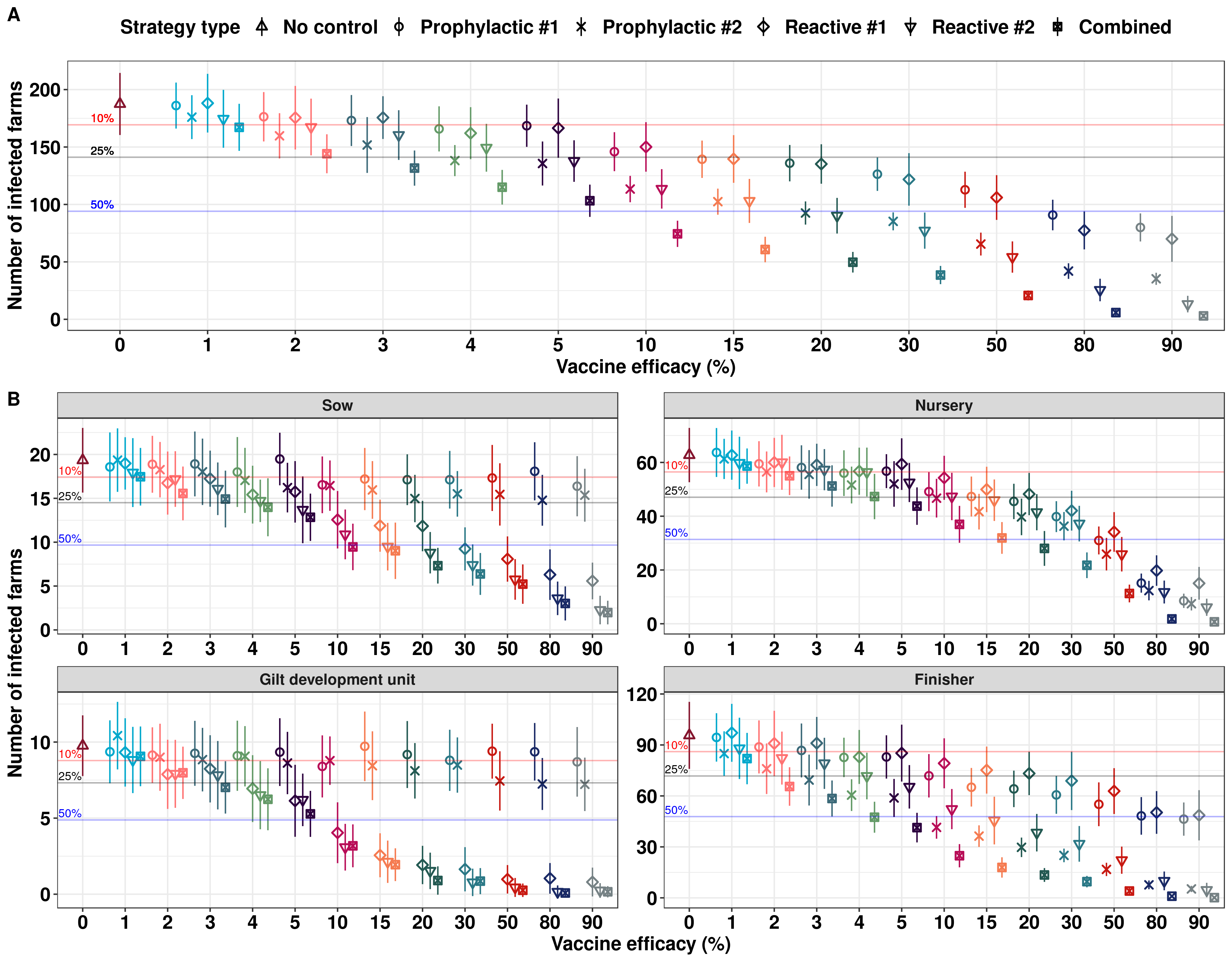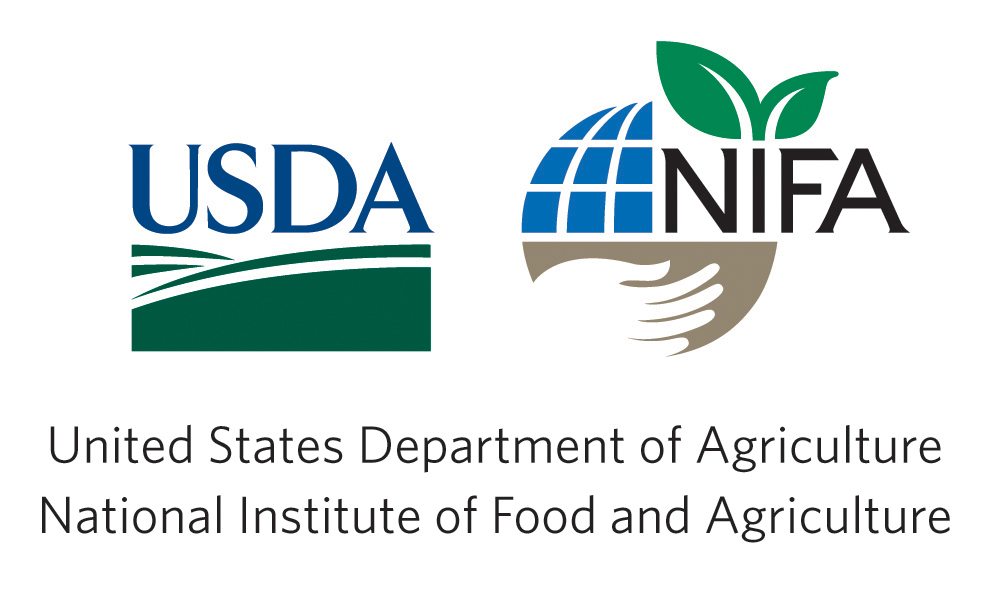
Porcine reproductive and respiratory syndrome (PRRS) and porcine epidemic diarrhea (PED) cost the US swine industry more than $1 billion/year. The detection of these viruses in the US led to the application of regional disease control and elimination efforts. Despite the great reduction in PED incidence, PRRS still affects a third of the US sow herds yearly. Therefore, there is a critical need to identify: i) why PED and PRRS keep spreading and ii) strategies that improve disease control. Our goals combine data-visualization with spatial and statistical methods to increase the fundamental knowledge about PED and PRRS spatial epidemiology, enhancing our understanding of disease spread to develop novel data-integration tools to optimize disease control.This proposal aligns with the program area “Food and Agriculture Cyberinformatics Tools -Animal Health and Production and Animal Products”. Our research activities use existing data of PED and PRRS outbreaks from one of the US major swine regions. We will apply Bayesian and machine-learning methodology to quantify the geographic distribution, local variation of intrinsic and extrinsic risk factors and farm characteristics that predispose swine farms to be infected with PED and/or PRRS. We propose the development of spatiotemporal treatment regimen tool to help the swine industry decide the location and when to allocate their control resources (e.g., vaccination, herd exposure to live virus upon an outbreak).Impacts of this study include the promotion of informed disease management and improved animal health through enabling the swine community to effectively use existing data to manage outbreaks.
We propose to develop models to quantify the local, regional and seasonal variation of the most important intrinsic and extrinsic risk factors coupled with farm characteristics that predispose swine farms to be affected by PED and PRRS outbreaks.
Publications
- Galvis, J.A., Corzo, C, Prada, J.M, Machado,G. Modeling between-farm transmission dynamics of porcine epidemic diarrhea virus: characterizing the dominant transmission routes-2022
- Galvis, J.A., Corzo, C, Machado,G. Modelling and assessing additional transmission routes for porcine reproductive and respiratory syndrome virus: vehicle movements and feed ingredients-2022
